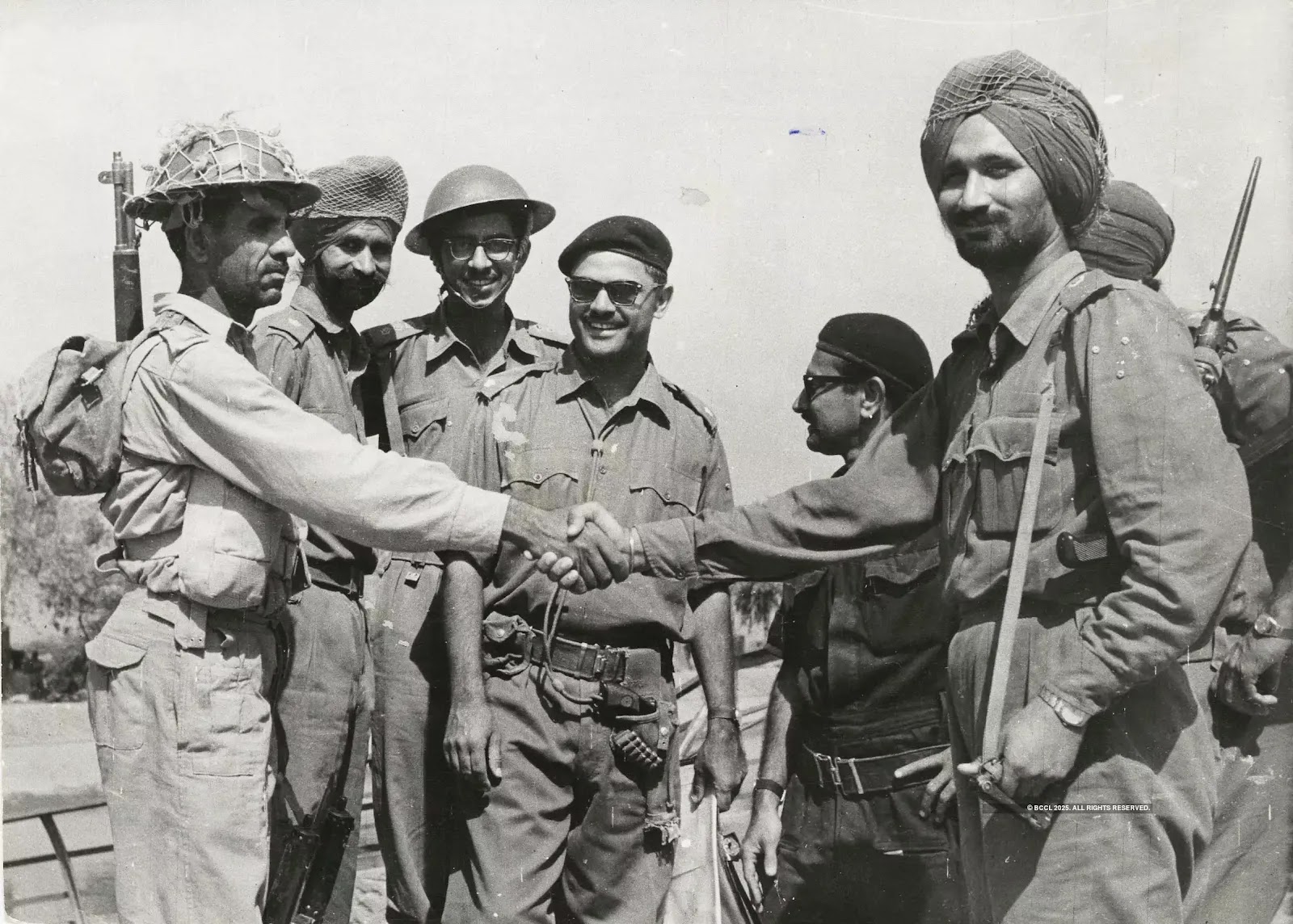Introduction
Pakistan and India, two neighboring countries in South Asia, have shared a complex and often turbulent relationship since their independence from British rule in 1947. Over the years, they have fought multiple wars, mainly due to territorial disputes — especially over the region of Kashmir. This blog provides a detailed overview of the wars between Pakistan and India, their causes, key events, and their lasting impact.
2. The Second Indo-Pak War (1965) – The Battle for Kashmir Continues
-
Cause: Pakistan launched Operation Gibraltar to infiltrate forces into Indian-controlled Kashmir, hoping to trigger an uprising.
-
Major Battles: Battles were fought in Kashmir and Punjab, including the major tank battle of Chawinda — one of the largest since World War II.
-
Outcome: Both sides suffered heavy casualties. A ceasefire was again brokered by the USSR and the USA, leading to the Tashkent Agreement. The status quo was restored, but tensions remained high.
3. The Third Indo-Pak War (1971) – Birth of Bangladesh
- Cause: A civil war broke out in East Pakistan (now Bangladesh), where India supported the Bengali independence movement.
-
Result: Indian forces entered the conflict, defeating Pakistan in a matter of weeks.
-
Outcome: Over 90,000 Pakistani soldiers were taken prisoner. This war led to the creation of Bangladesh. It was a major blow to Pakistan both militarily and politically.
4. The Kargil War (1999) – Conflict at High Altitudes
-
Cause: Pakistani soldiers and militants crossed the Line of Control (LoC) and occupied high-altitude posts in Indian-controlled Kargil.
-
Conflict: India launched a full-scale military operation to drive the intruders out.
-
Outcome: Pakistan was forced to withdraw under international pressure. The Kargil War was a major diplomatic and military failure for Pakistan and a victory for India.
Border Skirmishes and Tensions
Even after these wars, Pakistan and India have frequently engaged in cross-border firing and skirmishes, especially in the Kashmir region. Events such as the 2001 Indian Parliament attack, the 2008 Mumbai attacks, and the 2019 Pulwama-Balakot episode have added to the ongoing mistrust between the two nations.
The Role of Nuclear Weapons
Both countries are nuclear-armed. Since the 1998 nuclear tests by both sides, full-scale wars have been avoided, as the threat of mutual destruction has forced both countries to rely more on diplomacy and limited military responses.
Conclusion
The wars between Pakistan and India have shaped the political and military landscape of South Asia. While both countries have paid a heavy price in terms of human lives and economic loss, peace remains the ultimate goal. Dialogue, understanding, and regional cooperation are the only ways forward to ensure a better future for the people of both nations.
Final Thoughts
War brings destruction, but peace builds nations. While history cannot be changed, the future is in our hands. It’s time for both India and Pakistan to learn from the past and work toward lasting peace.
- See More



Comments
Post a Comment